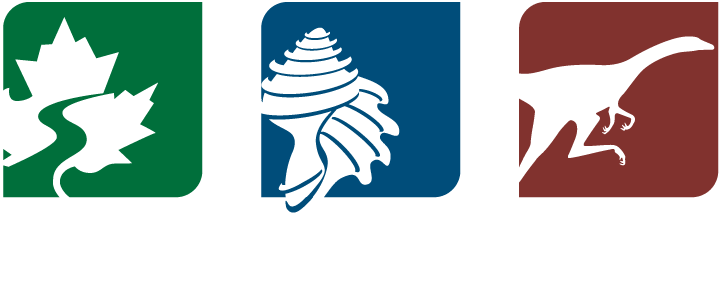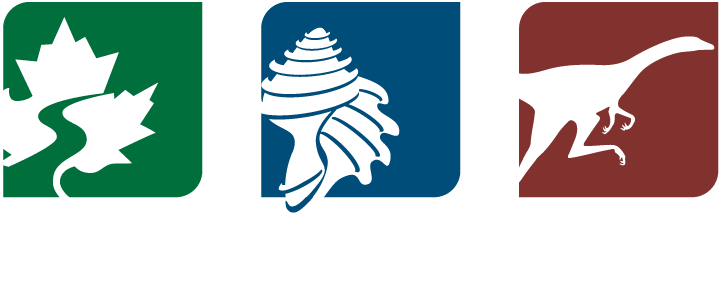Critical Zone Science
The Paleontological Research Institution is affiliated with the U.S. Critical Zone Observatory Program.
The Critical Zone
The Critical Zone supports terrestrial life on Earth. It is the region above and below the Earth surface, extending from the tops of the trees down through the subsurface to the bottom of the groundwater. The Critical Zone is where we live. It is where we grow our food, and where we get our water and most of the other resources that we use every day.
The US Critical Zone Observatory (CZO) network consists of nine field stations and a National Office, each located in a different climatic and geologic setting. CZO scientists observe and measure many of the same parameters at each site. Building a common set of measurements across a diverse range of environmental conditions allows scientists to examine the underlying factors responsible for ecosystem growth and resilience.
PRI collects and displays CZ data at the Cayuga Nature Center. We monitor (1) the flow of solar energy across the atmosphere-solid Earth boundary, and (2) the movement of carbon dioxide between the biosphere and the atmosphere. These measurements allow us to observe energy and material flows in natural ecosystems. The data are displayed to encourage public visitors to examine how human communities could use the energy movements in natural systems as a model for their own energy consumption.
Carbon dioxide (CO2) and temperature measurements at Cayuga Nature Center show seasonal change. In late summer (left) there is a large temperature change from day to night, and an accompanying change in atmospheric CO2. During the day photosynthesis draws CO2 out of the air into plants to build biomass, while night-time respiration releases CO2 to the atmosphere causing its concentration to increase. In early winter (right) plants are dormant and snow blankets the ground, suppressing both photosynthesis and respiration, while the temperature is uniformly colder.




